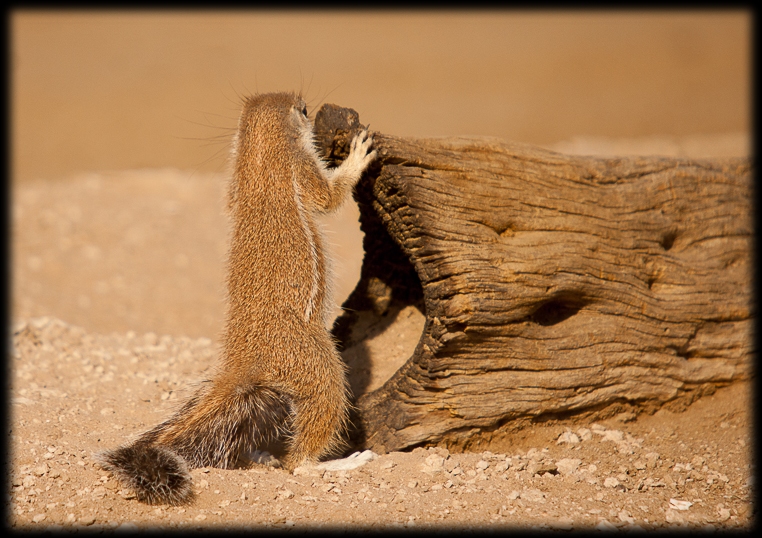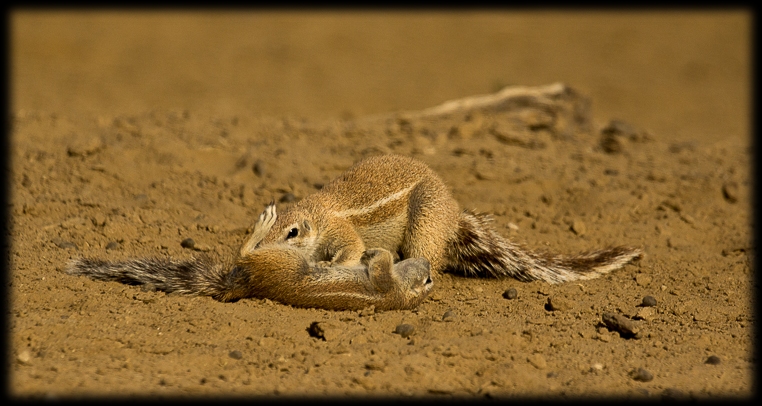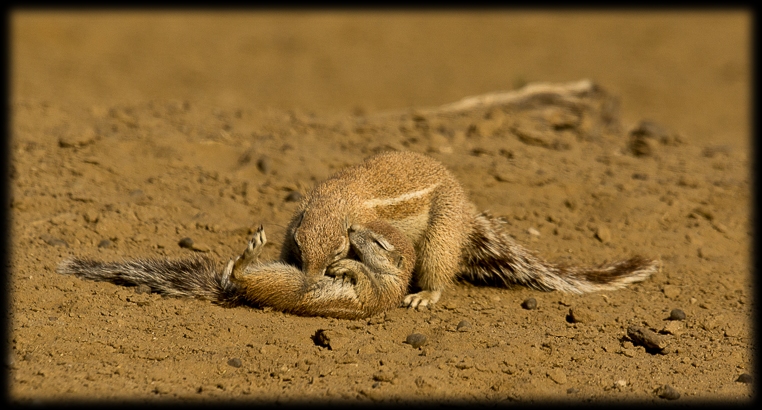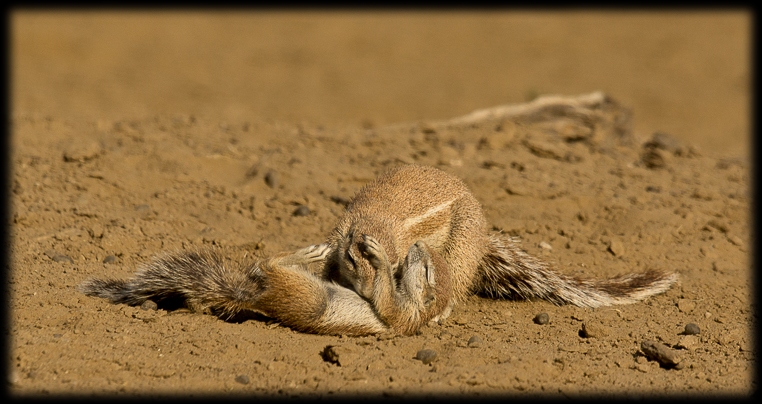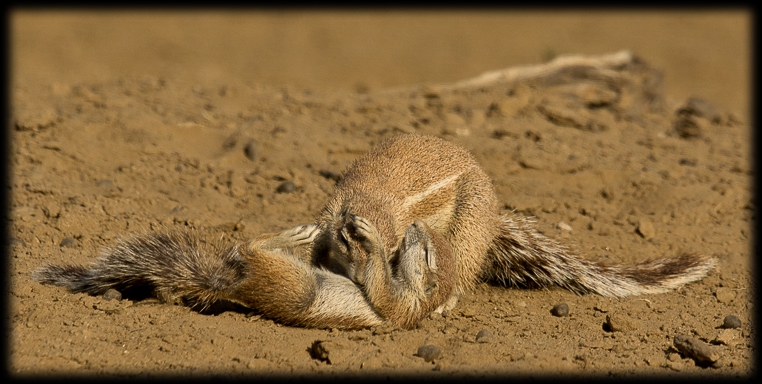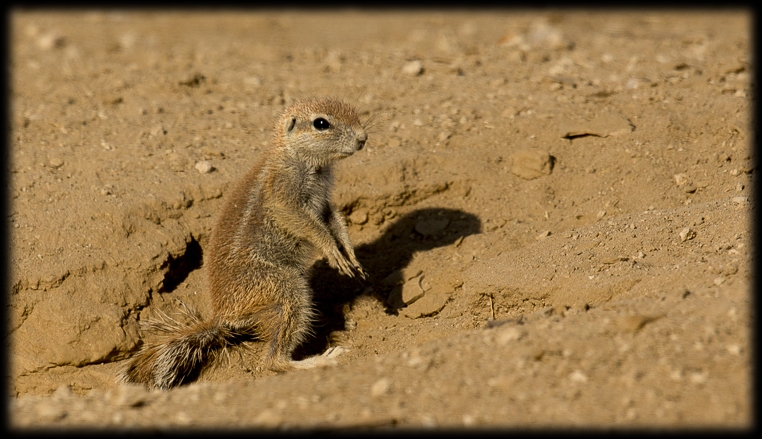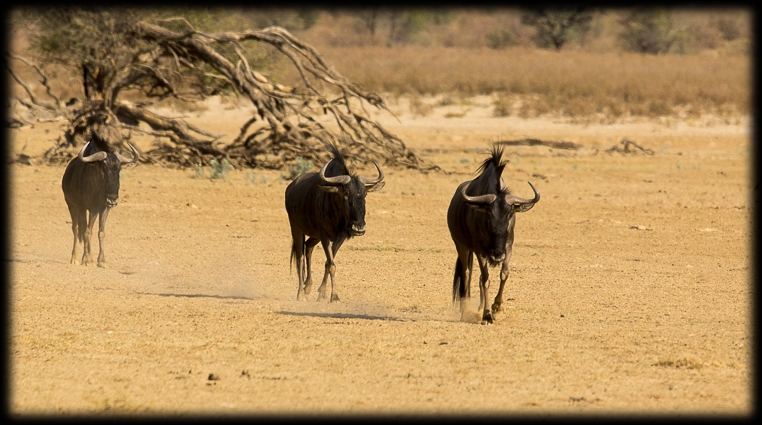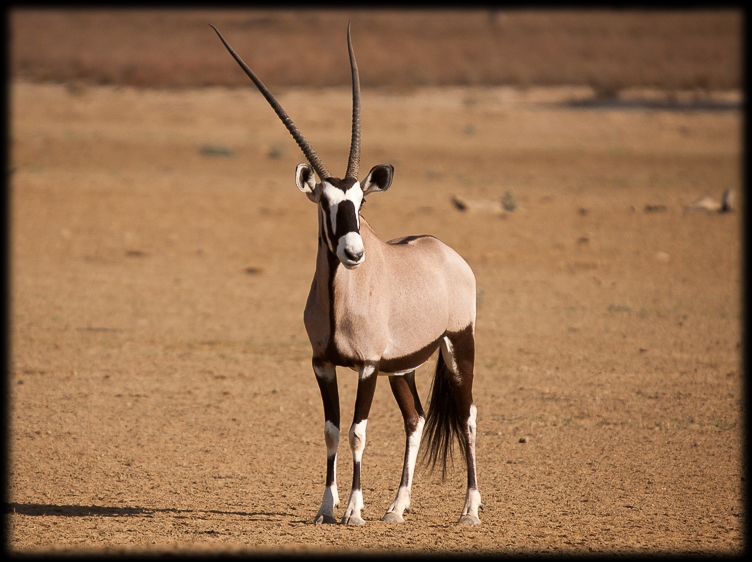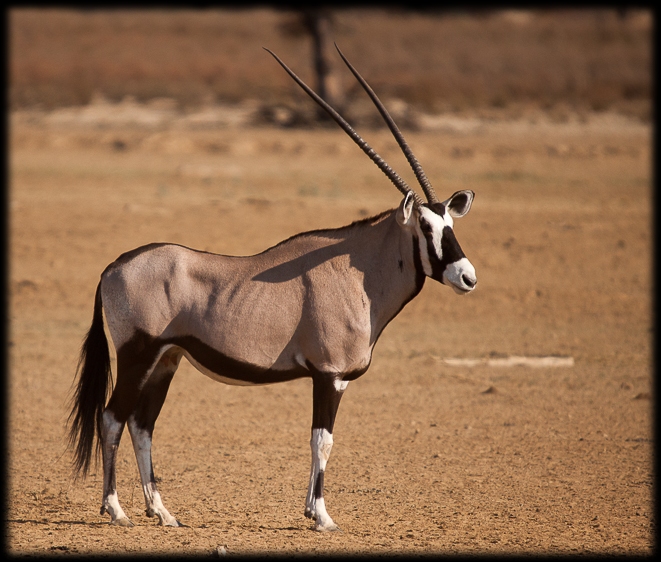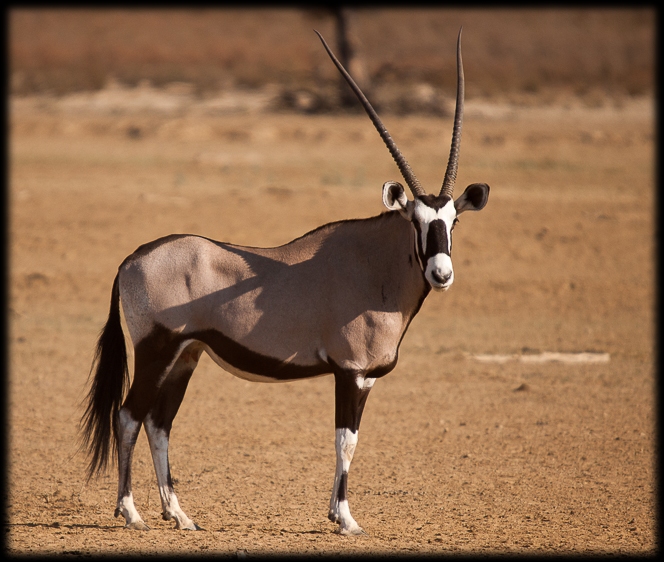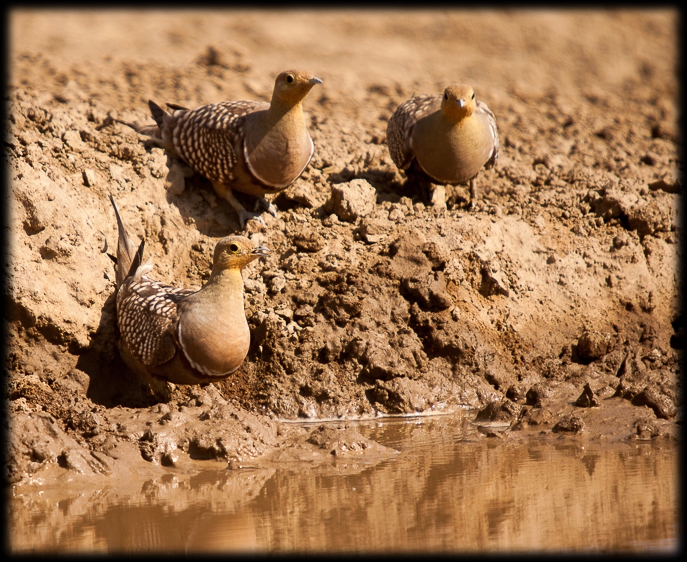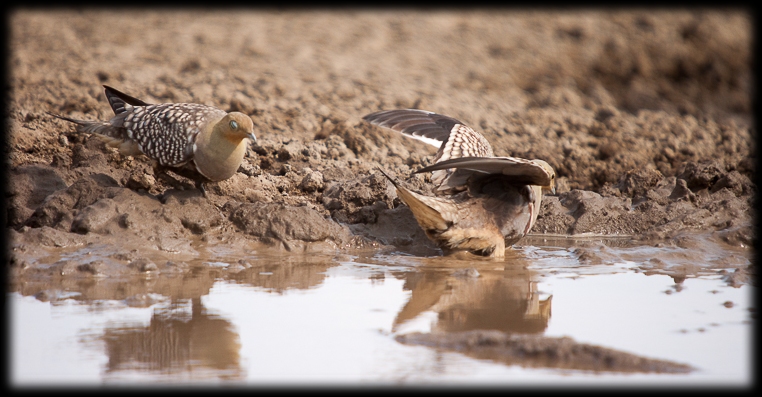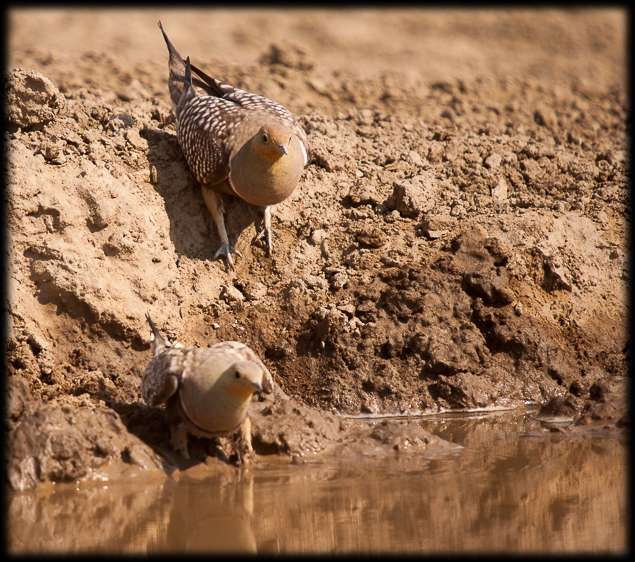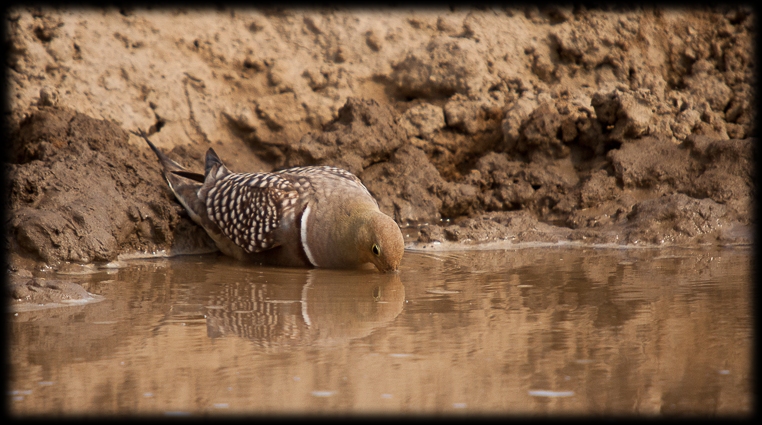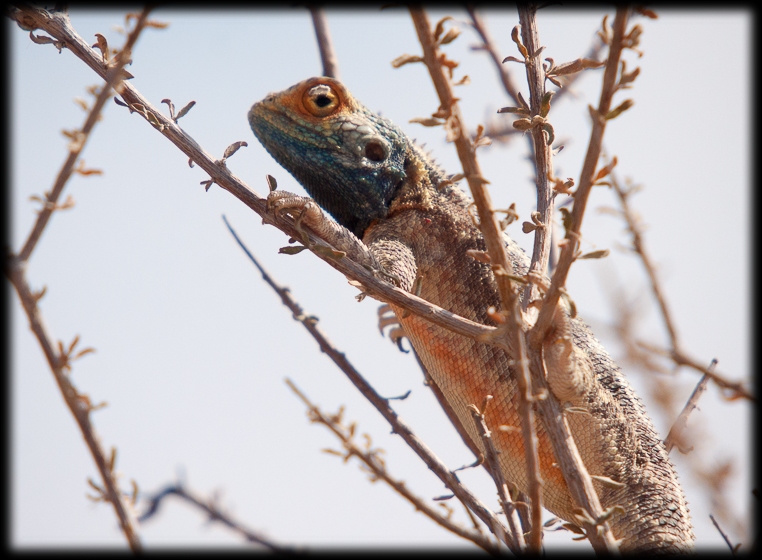Glad you guys are enjoying this.
Day 6 - 8th October 9Continued)
It was still relatively early morning as we left Cubitje Quap to head north. As we had spend quite a bit of time there the majority of the traffic was ahead of us by quite some time. We continued to drive slowly and this was our next sighting:
Bat Eared Fox
A bat-eared fox family has several den holes in its territory, each with many entrances, tunnels, and chambers. The foxes' claws are made for digging, and they can create their own burrow or enlarge an empty one made by another animal. They are even known to use old termite mounds as dens. The den is a protected area where the group sleeps and also where the females give birth. Animals that prey on bat-eared foxes include eagles, jackals, and hyenas.
When it comes to taking care of its youngest members, a bat-eared fox clan is a lesson in teamwork. The mother gives birth to up to six babies, called kits. About the size of domestic kittens, fox kits look a lot like Chihuahua pups but with much larger ears! The pups start to emerge from the den when 8 to 12 days old. Often, one or two of the smaller kits die in the first three weeks. The mother fox nurses her kits for 10 to 15 weeks, but unlike other canids, she rarely regurgitates solid food for them, as it would have a lot of hard insect parts that the kits could not digest. The father often brings food to the pups or watches them while the mother forages for her own food. He teaches his offspring how to forage and plays and grooms them, too. The young are fully grown by the time they're 6 months old, and females can reach their first breeding period at 18 months.
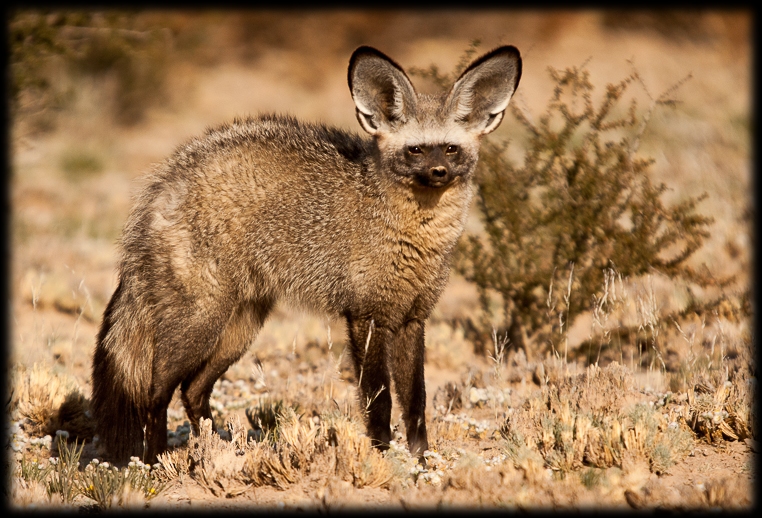
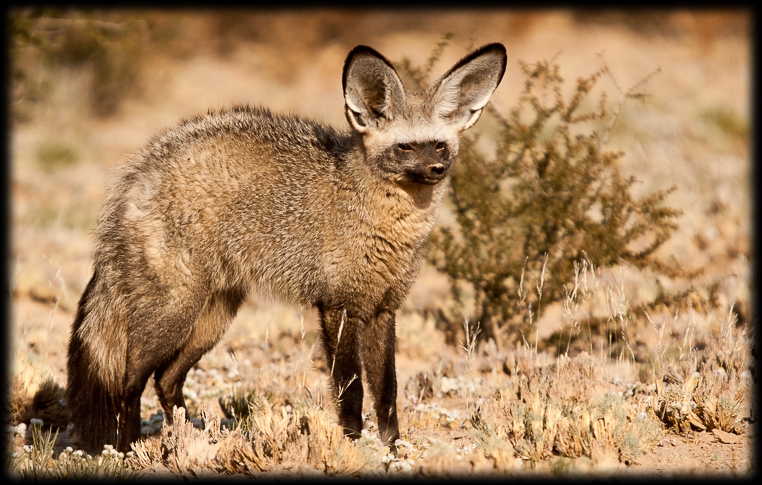
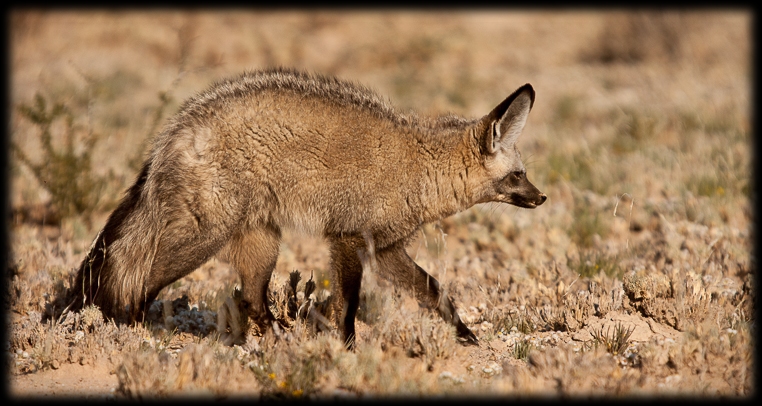
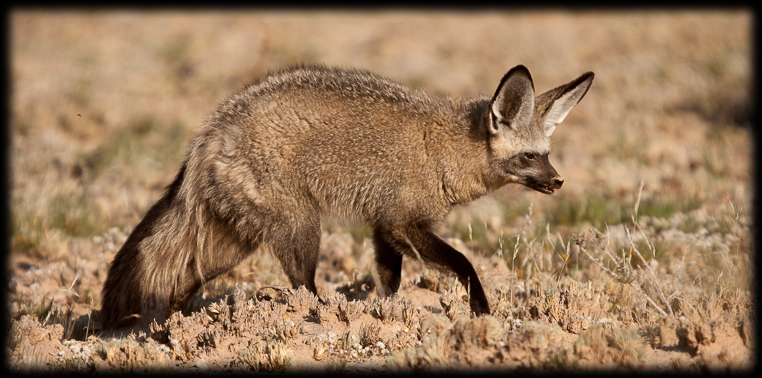
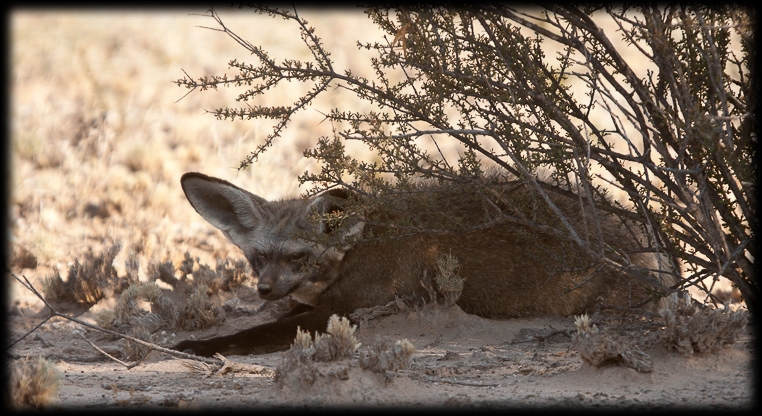
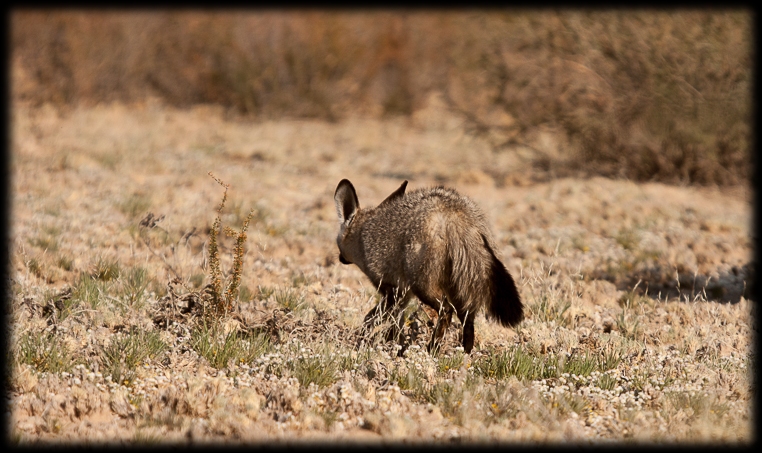
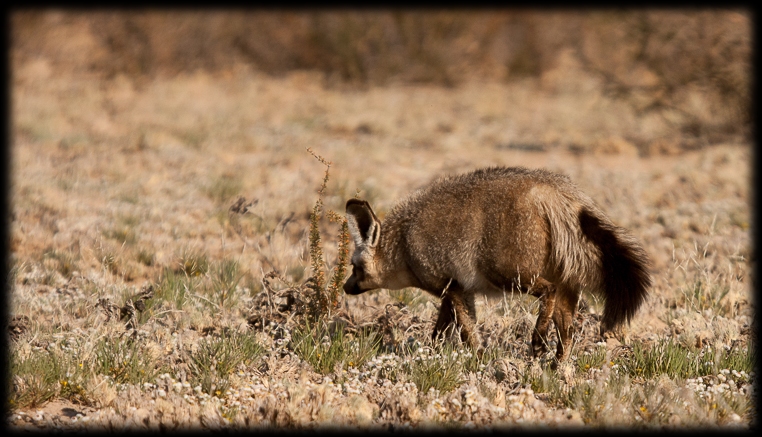
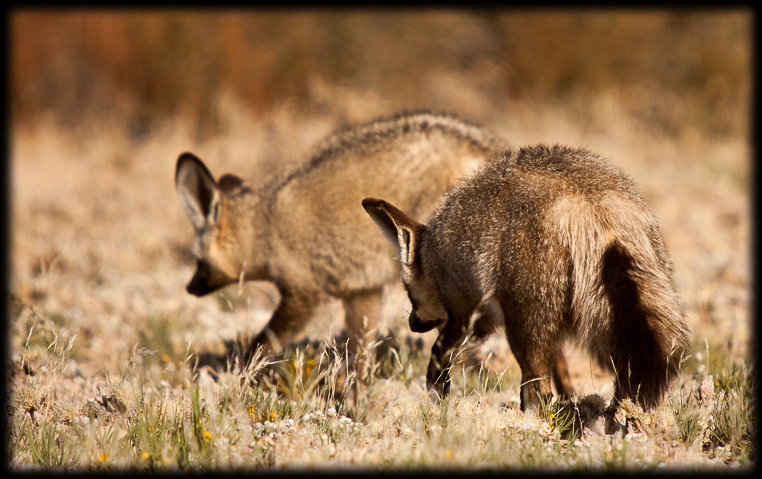
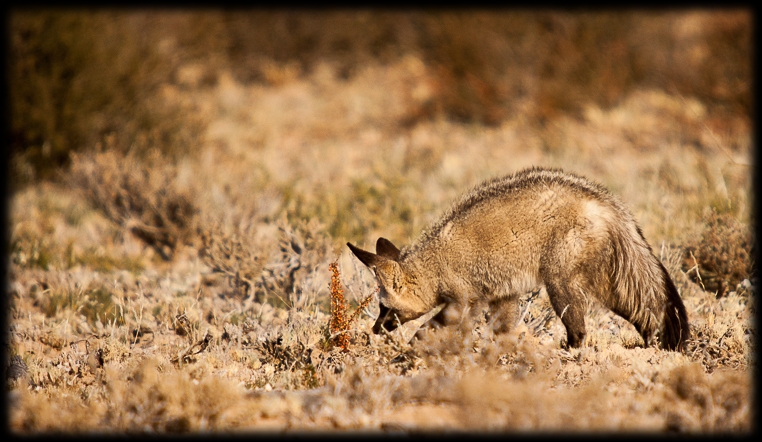
The reason I have posted a good few photo's of the BEF is that it was the only ones we saw in the entire 25 day trip and after speaking to other visitors they have proved to be few and far between this year.









